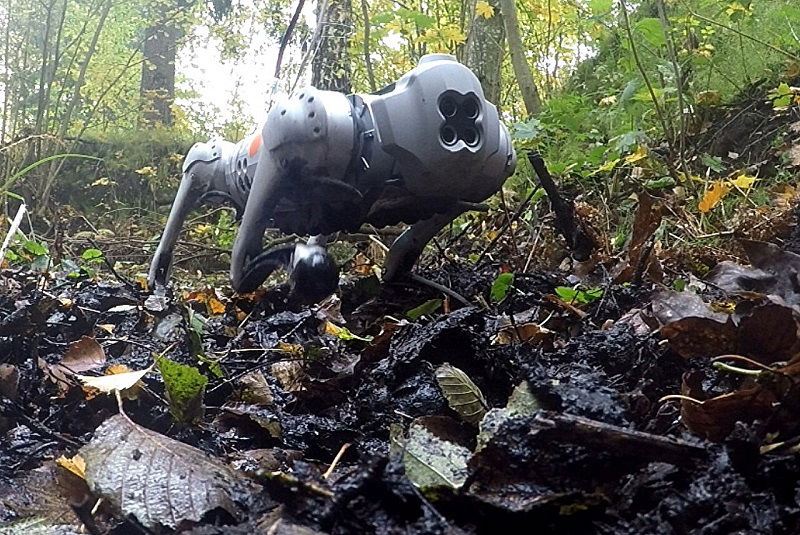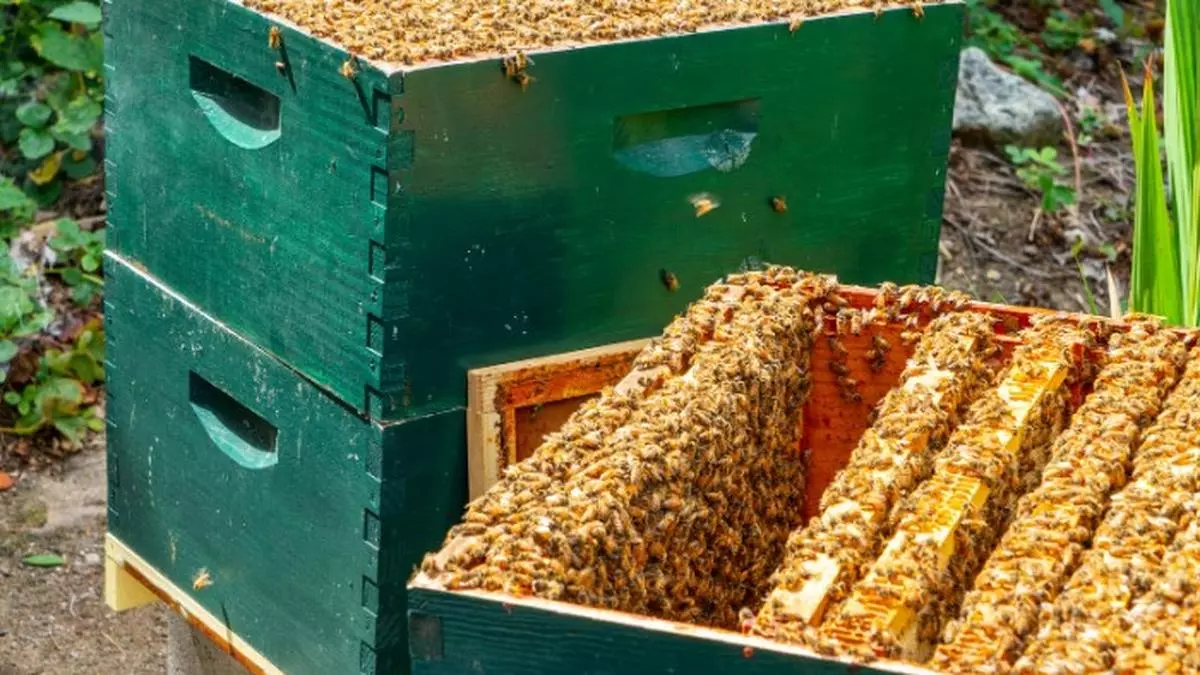
In 2022, the world agreed at a U.N. biodiversity summit to protect 30% of Earth’s land and water by 2030. While protected areas already account for almost 15% of the planet’s land, protection for the world’s oceans is lagging far behind, at just over 8%.
In 2024, several new marine protected areas (MPAs) helped nudge the needle, but there’s still much more work to be done.
Tang.ɢwan — ḥačxwiqak — Tsig̱is MPA, designated in June 2024 off Vancouver Island, Canada, covers roughly 150,000 square kilometers (58,000 square miles) and encompasses nearly 50 underwater mountains, or seamounts. It’s home to cold-water coral, sponge forests, dense schools of fish and migrating whales, seabirds and sharks. It was created in collaboration with the First Nations of Canada.
Chumash Heritage National Marine Sanctuary, announced in October 2024 off the coast of California, U.S., will also be co-managed with local Indigenous groups. At more than 11,600 km2 (4,500 mi2), the new MPA will provide habitat for migrating whales, sea turtles and sea otters.
The Azores created the largest MPA network in the North Atlantic in October 2024, covering 287,000 km2 (111,000 square miles). Featuring more than 300 seamounts, the MPA is a vital stopover site for migratory marine species of whales, dolphins and seabirds.
Grau Tropical Sea National Reserve in Peru, approved in April 2024, is considered one the 70 most important places in the world for marine biodiversity conservation.
Bajos del Norte National Park in Mexico, announced in January 2024, connects two other MPAs to create a conservation corridor for migrating species, including sea turtles.
The global community needs to protect nearly 22% more of the world’s oceans.
“An area larger than the Indian Ocean [will need] to be designated by 2030 in order to meet the global coverage target,” Heather Bingham, head of the Protected Planet team at the U.N. Environment Programme’s World Conservation Monitoring Centre, told Mongabay in an email. At the current rate of protection, it will take more than 800 years to get to 30%.
However, according to data from the 30 by 30 Sky Truth initiative, many individual countries have already exceeded the 30% goal: Palau (98.7%), the U.K. (68.4%) and Australia (48.3%) lead these efforts.
To date, most MPAs are coastal, within a country’s economic zone. The high seas cover nearly half the planet’s surface and just 1.4% them are protected.
“We simply will not achieve 30 by 30 if we don’t start establishing high seas protections as well,” Sarah Bedalfe, a marine scientist with Oceana, told Mongabay by phone. “So it’s really urgent that countries ratify the High Seas Treaty so high seas MPAs can start being established.”
The treaty will go into effect in June 2025 if ratified by 60 countries.
The article was originally published in Mongabay.








Leave a Comment